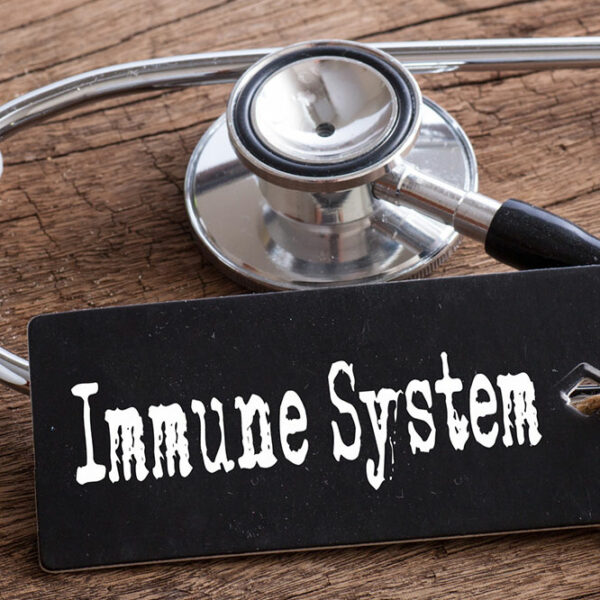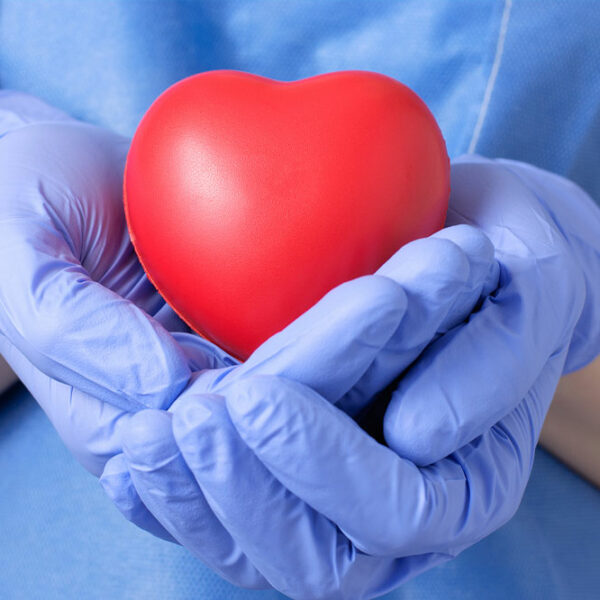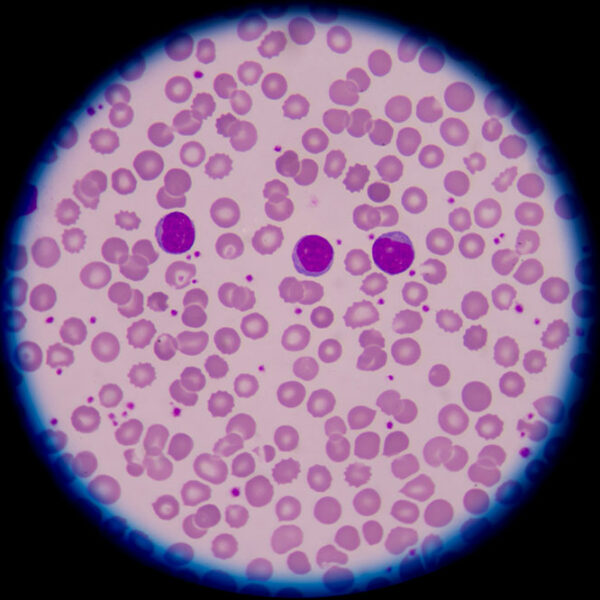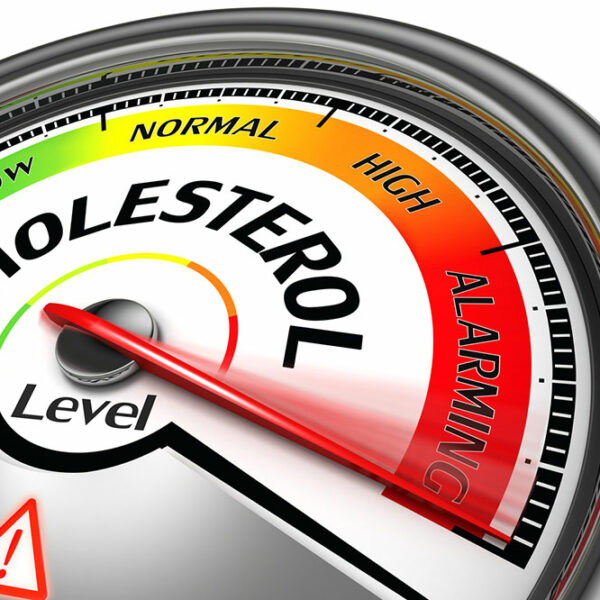
6 tips to always have good mental health
Mental health is one of those things where one would need to help themselves. Others can have very little to no influence on how one feels, leaving them to deal with their own thoughts. That being said, keeping a check on one’s mental health is not difficult. It’s all about realizing what matters most and giving it more time. There are no universal tips that work for everyone. To know what works best for an individual, one must give it a try. So, here are a few tips that can help wade through the difficulties in life with ease. Workout or practice yoga every morning Do not belittle the power of yoga or a heart-pumping physical workout. Some form of physical exercise should always be a part of one’s daily routine since it greatly helps relieve stress and helps one stay calm and balanced when faced with stressful and challenging situations during the day. Bring awareness Practicing meditation will help one become mindful. Bringing mindfulness into the activities performed daily will further help bring more peace and balance. Studies have shown that mindfulness can help cope with depression, substance abuse, anxiety, and eating disorders, among others. Improvement in any of these aspects of life naturally leads to better mental health.









